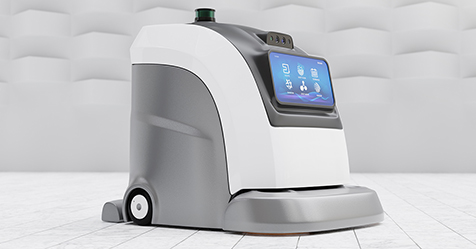Study Reveals Germs Hiding in Backpacks
Backpacks can pick up hundreds of thousands of germs in a day.
A new study by Reckitt’s Lysol Pro Solutions has revealed the risks that can be posed by backpacks, as well as other everyday objects used in a business environment.
In the study, a team of microbiologists, led by Dr. Igor Ignatovich, senior microbiologist within the Equity, Claims, and Compliance Group at Reckitt, measured the contamination levels on the backpacks of five different volunteers as they moved through business facilities for a day.
Backpacks were chosen to represent how similar everyday objects can be responsible for transmitting germs. The backpacks came into contact with one of the following surfaces for about two minutes, three times a day, for two days: a communal bathroom floor, a desk, and a cafeteria floor.
According to the study, the backpacks picked up:
- Hundreds of thousands of germs throughout the day
- As many germs from a desk as from a public bathroom floor
- As many germs from a desk as from a public cafeteria floor
- As many germs as were found on a toilet seat in a previous Reckitt’s study
- As many germs as were found on a garbage bin in a previous Reckitt’s study
- coli and intestinal bacteria that could cause illness
- A fungal species of yeast (Candida) that could cause sepsis, as well as wound or tissue infections, in immunocompromised people.
“Germs are everywhere,” said Ignatovich. “They move among people and on surfaces, sometimes causing illnesses that could impact our families or impact our daily activities. Items we least suspect can often be culprits for spreading germs, as shown by our study.”
“The results demonstrate that using a backpack throughout the day leads to the accumulation of a significant number of germs,” he continued. “Like many other items we carry with us each day, these could be significant vectors of germ transmission. Using effective cleaning and disinfecting products to make the right hygiene interventions, at the right time, and in the right places, can help break the chain of transmission and prevent the spread of germs between surfaces in business environments and homes, and to humans directly.”
To view the complete results of the study, click here. Click here to view a short video that’s been released to accompany the findings.

